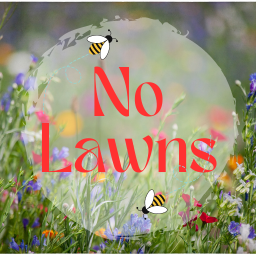My background is in permaculture but there’s significant overlap between that and solarpunk. My point of view is that permaculture and/or solarpunk work at the individual level. They work even better at the household level, and even better at the community level, even better nationally, and best internationally.
You don’t have to change the whole world to be successful. You’re not responsible for the entire world, only your own actions. So be a part of the solution, lead by example and persuade others to do the same. But you’re not expected to carry 8 billion humans on your shoulders, all the other animals, the trees, the weight of all of the oceans, etc. People only believe this because it gets repeated incessantly but take a step back and realize how obvious it is that you can’t be expected to be personally responsible for basically all of existence. You’re not omnipotent. Let go of weird expectations that anyway are probably promoted by fossil fuel types to overwhelm people into inaction.
Be responsible for your own actions, be part of the solution, and let go of the rest.





Proper composting not only destroys seeds, it also kills pathogens like e. coli and salmonella while even breaking down things like diesel and TNT.
There’s a ton of misinformation about composting and I think the central cause is that multiple decomposition methods that produce different results are all lazily called composting by lay people.
As an example, composting uses biological heat produced by thermophilic microorganisms (mostly bacteria) to destroy pathogens etc. and which eat the material to produce compost. Worms, used in vermiculture, do not raise the temperature, have much less success destroying pathogens, and produce worm castings, which are physically distinct from compost and typically sell for around 10x the price.
I’ve even seen discussions where people think that fire, which produces ash, is compost. Like… you can see a pile of compost, and a pile of ash, and literally can’t tell the difference? Add water (and oxygen) to compost and you’ll get compost tea for plants and trees. Add water to ash and you’ll get lye used in drain cleaner products. They are not the same.